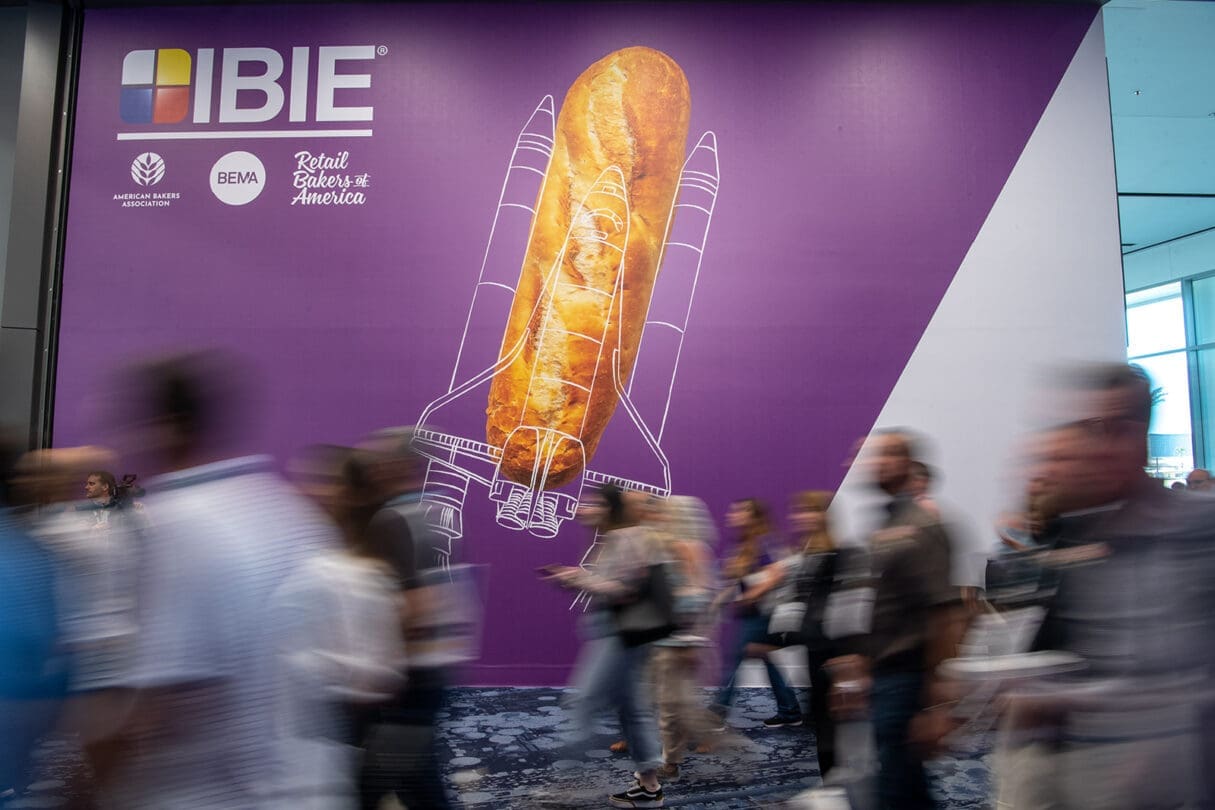By Rodolphe Karpe, Product Marketing Manager, Fluid Control and Pneumatics, Europe at Emerson
With the explosion of craft beers, demand for new wine blends and rise of international distilleries, the alcohol business is booming. This proliferation has given consumers more choices than ever and expanded the alcoholic beverage market both regionally and around the world. Whether you’re a small-town brewer, boutique winemaker or multimillion- dollar global brand, it’s essential that your products maintain the same high levels of quality and taste to keep up with demand, despite such variability.
The secret to meeting customer expectation every time lies in your fermentation process. To ensure quality, consistency and taste across various beverage styles and flavors, the fermentation process requires exact temperature control. To precisely control heating and/or cooling parameters, control tanks must be equipped with the right valve system. Too often, valves experience short service lives and other performance issues that can cause temperature fluctuations — compromising beverage quality and costing precious time and money.
Common Obstacles Make Tank System Upgrades Difficult Alcoholic beverage producers typically control tank temperatures, and therefore the fermentation process, using glycol or ammonia systems. Depending on your system, it’s also important to select valves that are rated to handle the appropriate medium.
In propylene glycol systems, for example, this nontoxic liquid medium flows through thermal jackets surrounding the fermentation tanks. In a closed circuit, the glycol is pumped through and cooled in a chiller before it flows back down through the jackets. The chilled glycol then cools the tanks and their contents. Because fermentation is such a vital process, it’s no surprise beverage makers look for opportunities to install or upgrade their tank cooling and heating systems. But these modifications aren’t without their challenges. Many facilities, particularly smaller operations, have limited physical space. As a result, tank systems need to be positioned as close as possible to each other to maximize floor space and remain accessible during maintenance — making innovative yet costly tank designs a necessity.
Other challenges include: – High energy costs. Energy is one of the largest overhead costs in the food and beverage industry — including alcoholic beverage production. Because fermentation is considered a wet environment, beverage makers also need to have additional electrical safety features in place. – Extensive installation and maintenance. Depending on the size and number of tanks, the labor required for piping and wiring can be costly and time-consuming. In addition, maintenance and upkeep become all the more complex — increasing potential downtime. – Possible product loss. For wineries, in particular, any issues that compromise batches during extended fermentation periods equate to several years’ worth of lost time, materials and cost. In addition to ensuring precise temperature control, proper valve selection can address the challenges associated with installing, maintaining and upgrading fermentation heating and cooling systems. By choosing the right valves, you can save equipment space, conserve energy and optimize productivity. How To Select Valves That Over- come Fermentation Challenges Whether you’re spending too much time on piping or you’re a startup operation with limited resources and space, Emerson can help you select the right fluid automation product to meet your unique needs. In addition to their reliability and durability, our products provide the industry’s longest expected service life — maximizing your uptime during every precious minute of the beverage-making process.
Choose from the following valve solutions, all of which are suitable for systems using glycol or ammonia: Two-Way Valves. Two-way valves are a traditional, tried-and-true valve type for fermentation heating and cooling systems. These high-flow solenoid valves come in a range of pressure ratings, sizes and resilient materials like brass or stainless steel — providing long service life and low internal leakage. Many feature low electrical consumption and are mountable in any position — boosting their installation flexibility in tight or limited configurations. Look for an IP65 rating for use in fermentation and other wet environments. Solenoid Valves.
Solenoid valves include several electrical enhancements that achieve even greater energy savings and longer service life. Look for valves that incorporate power management circuits, as well as electrical surge suppression to both the solenoid and electronic controls. These features result in energy savings that can lower your total cost of ownership by 14 percent. In addition, these valves accept both AC and DC voltages without sacrificing flow or pressure specifications, increasing DC performance up to 500 percent by today’s industry standards. Because the valve’s DC characteristics now rival AC pressure and flow values, you can eliminate AC output cards to simplify control, reduce wiring costs and provide safer working environments for DC users. Solenoid valves also eliminate the hum associated with AC voltage and have expanded AC and DC operating temperatures. They also extend product life through low solenoid temperature rise, and they meet UL, CSA and CE approvals and RoHS 2 compliance.
Angle Seat Body Valves. Air- operated, direct-acting angle body seat valves are ideal for aggressive and high-viscosity fluids. Many models feature a straight-through design and wide range of advanced options, including a signaling box, compact positioner for proportional control and stroke limiter. These valves are the preferred alter- native to diaphragm and ball valves. They allow tight shutoff in both directions and contain no bleed holes, eliminating the chance of glycol plugging and the possibility of related tank temperature fluctuations. They are also one-third the cost of ball valves and last up to 10 times longer. Many angle seat body valves are designed to handle back pressure, eliminating the need for check valves, and feature a rugged, stainless steel body that resists sulphur vapor in processes like winemaking.
Automation Further Improves Temperature Control In addition to proper valve selection, it’s important to consider automating your fermentation heating and cooling systems to achieve even greater thermal precision. For ex- ample, the G3 Electronic Fieldbus Platform makes this process quick, simple and painless. G3 integrates communication interfaces and in- put/output (I/O) capabilities into your pneumatic valve manifolds, which enables your PLC to more efficiently turn valves on and off, as well as channel temperature data from resistance temperature detector (RTD) sensors. Compact and modular, G3 includes a range of innovative features to enhance your fermentation operation, including a graphics display for easy commissioning and fault diagnosis, as well as compatibility with a range of industrial communication protocols, including Ethernet, PROFINET, DeviceNet and many others.
The right valves in combination with the G3 automation platform provide a single solution that overcomes many of the challenges preventing alcoholic beverage makers from installing, expanding or upgrading their fermentation systems. In addition to saving space, conserving energy and improving critical uptime, this combination delivers the peace of mind that comes with knowing your beverages — no matter the style, flavor or blend — are achieving only the highest levels of quality, consistency and taste.




